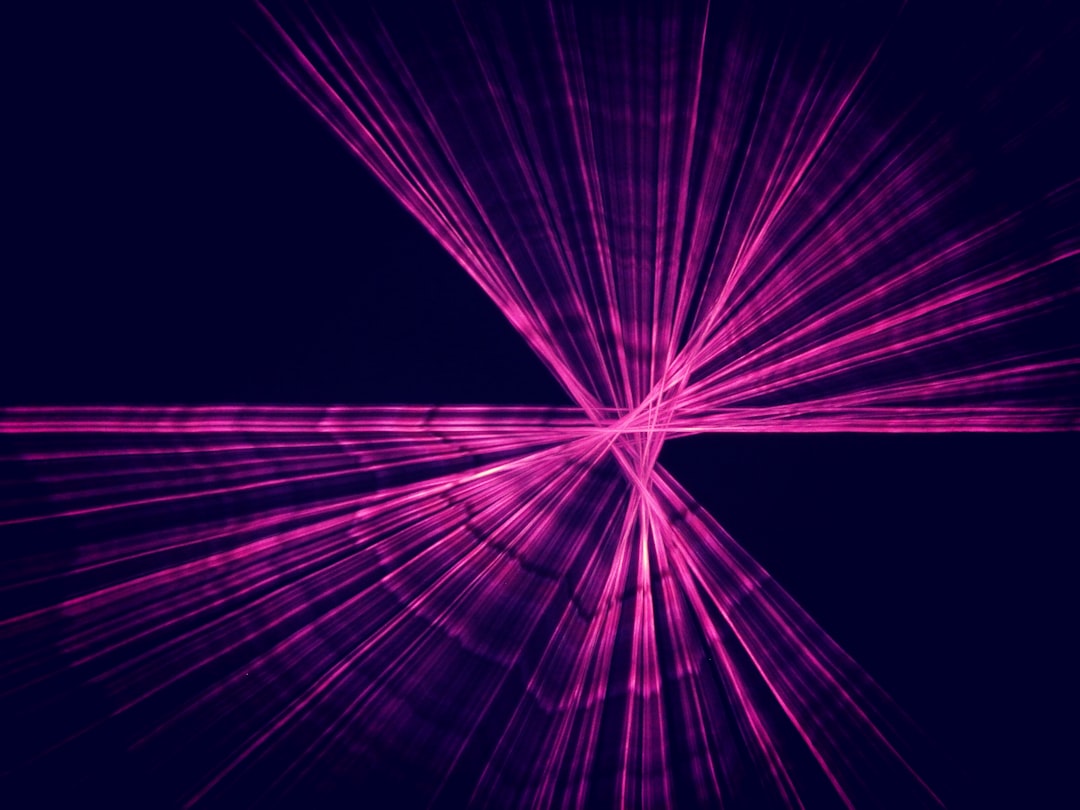What is it about?
The present work concerns the upconversion luminescence in Cr3+:YAG single crystal under infrared laser irradiation. During the experiment, 404 nm, 808 nm, 980 nm, and 1064 nm laser excitation sources in range of - 150.C–600.C were employed. A strong red light emission was detected in the bulk of the samples under the infrared excitation. The red emission originated from 4T2g to 4A2g transition of Cr3+ ions and are only observed at temperatures higher than 150 .C; the profile of the emission curve is Gaussian-type with maxima at 500 .C, 600.C, and 620 .C for .exc 808 nm, 980 nm, and 1064 nm respectively. This is attributable to the high-temperature nature of the upconversion luminescence, where the energy gap between the energy of a laser photon and the 4T2g state is compensated by simultaneous absorption of two photons.
Featured Image

Photo by Roksolana Zasiadko on Unsplash
Why is it important?
The upconversion luminescence phenomena in Cr3+-doped YAG materials have a great impact on its usability. Cr-doped YAG materials used as saturable absorbers for the 1.06 μm laser emission and tunable mid-IR lasers in the spectral range of 1.3–1.6 μm, where tetrahedrally coordinated Cr4+ ions are responsible for the laser properties. The main problem is that only up to a quarter of the total concentration of chromium can be recharged in the tetravalent state, while the remaining ions stay in the trivalent state. The possibility of using Cr4+-doped YAG lasers materials as part of Q-switched lasers is based on the saturable absorption near 1 μm by tetrahedrally coordinated Cr4+ ions. The desirable characteristics of the laser pulse can be achieved by increasing the difference between the losses of the absorber in the saturation and unsaturation mode. The observed phenomena indicate the ability of Cr3+ as well as Cr4+ ions to absorb 1 μm light at high temperature. This means that the Cr3+ ions introduce unsaturated absorbing centre and, therefore, extra losses to the system which lead to a reduction of the power output of Cr:YAG-based Q-switched lasers. Therefore, the Cr3+ ions in Cr4+-doped YAG lasers act as parasitic centres.
Read the Original
This page is a summary of: Upconversion luminescence in Cr3+:YAG single crystal under infrared excitation, Journal of Luminescence, October 2020, Elsevier,
DOI: 10.1016/j.jlumin.2020.117467.
You can read the full text:
Contributors
The following have contributed to this page










